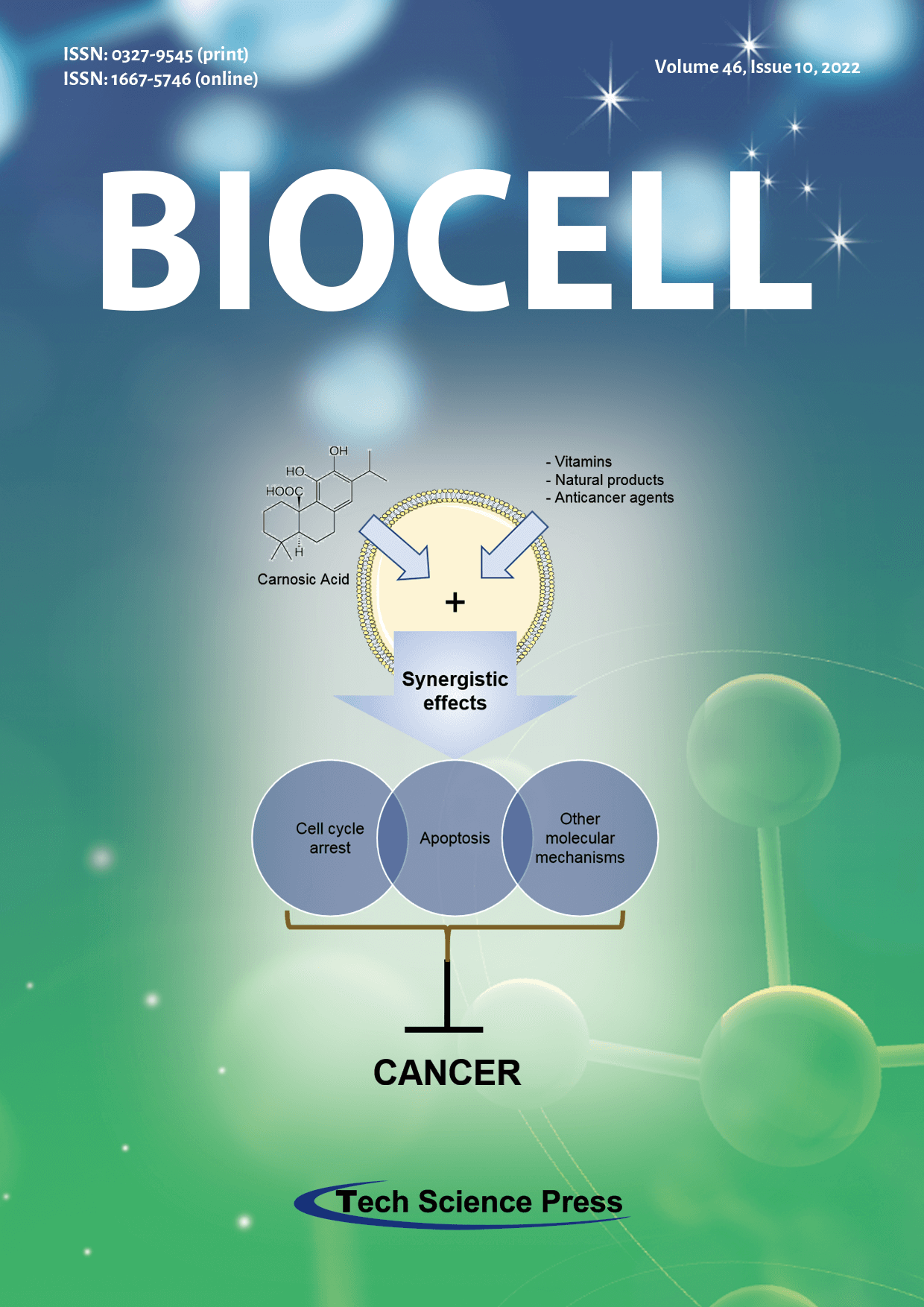
Carnosic acid (CA) is a natural phenolic diterpene mainly occurring in some species of the Lamiaceae family. Numerous studies described the cytotoxicity of CA towards different types of cancer both in vitro and in vivo. Particularly, the influence of CA in combination with other drugs, vitamins or natural products through affecting various targets has raised interest. Current experimental in vivo data suggested that CA may cooperate with clinically used anticancer drugs promoting their activity against cancer. From this point of view, CA gained importance, because it may alter pharmacodynamic profiles of various agents in the case of their co-administration, and thereby, act in a potentially synergistic manner, which can provide a basis for potential applications of CA in the management of cancer. In the present review, we give an overview of CA as well as CA co-treatment regimens with a special focus on cancer. In this context, the role of CA as an adjuvant treatment alternative is highlighted. View this paper